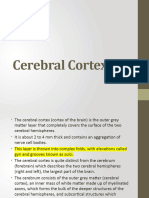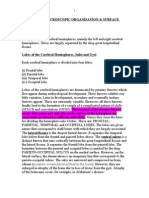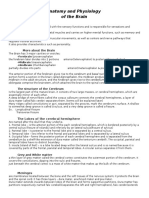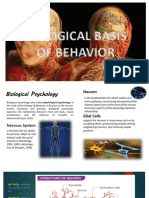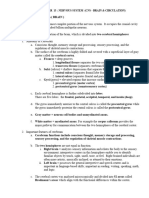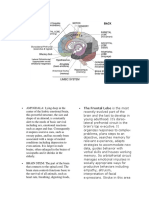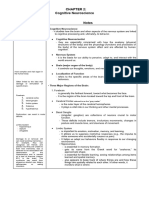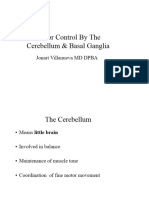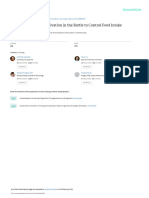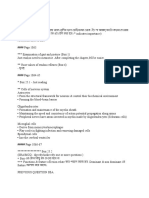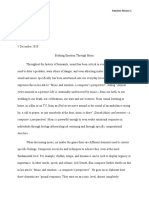0% found this document useful (0 votes)
11 views11 pagesNervous System II
This document outlines a lecture on the Nervous System for second-year students in a General Human Physiology and Pathophysiology course. It details learning outcomes such as understanding physiological processes, creating diagrams of organ systems, and recognizing disease symptoms, while providing a comprehensive overview of the central nervous system, including the structure and function of the brain and spinal cord. Key topics include the cerebrum, cerebral cortex, subcortical structures, diencephalon, and midbrain, emphasizing their roles in homeostasis, memory, and sensory processing.
Uploaded by
chiarapaudsCopyright
© © All Rights Reserved
We take content rights seriously. If you suspect this is your content, claim it here.
Available Formats
Download as PDF, TXT or read online on Scribd
0% found this document useful (0 votes)
11 views11 pagesNervous System II
This document outlines a lecture on the Nervous System for second-year students in a General Human Physiology and Pathophysiology course. It details learning outcomes such as understanding physiological processes, creating diagrams of organ systems, and recognizing disease symptoms, while providing a comprehensive overview of the central nervous system, including the structure and function of the brain and spinal cord. Key topics include the cerebrum, cerebral cortex, subcortical structures, diencephalon, and midbrain, emphasizing their roles in homeostasis, memory, and sensory processing.
Uploaded by
chiarapaudsCopyright
© © All Rights Reserved
We take content rights seriously. If you suspect this is your content, claim it here.
Available Formats
Download as PDF, TXT or read online on Scribd
/ 11





